Best Companion Plants For Cape Gooseberries
Best Companion Plants for Cape Gooseberries
Cape gooseberries (Physalis peruviana) are a popular edible berry that is native to South America. They are known for their sweet, tangy flavor and their ornamental lantern-like husks. Cape gooseberries can be grown in a variety of climates, but they prefer full sun and well-drained soil.
One of the best ways to ensure a successful crop of cape gooseberries is to plant them with companion plants. Companion planting is the practice of planting different types of plants together in order to benefit each other. Some companion plants can help to improve the growth and productivity of cape gooseberries, while others can help to repel pests and diseases.
Here are some of the best companion plants for cape gooseberries:
- Beans: Beans are a good companion plant for cape gooseberries because they help to fix nitrogen in the soil. This means that they can provide cape gooseberries with the nitrogen they need to grow strong and healthy.
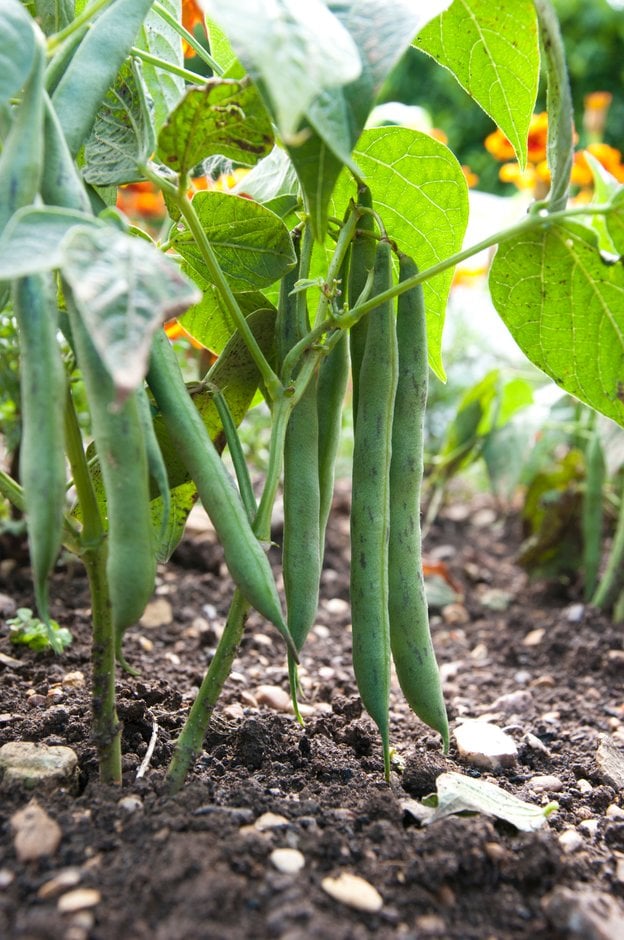-(2).jpg)
- Tomatoes: Tomatoes are another good companion plant for cape gooseberries. They both attract beneficial insects, such as ladybugs and lacewings, which can help to control pests. Tomatoes can also help to deter whiteflies, which are a common pest of cape gooseberries.
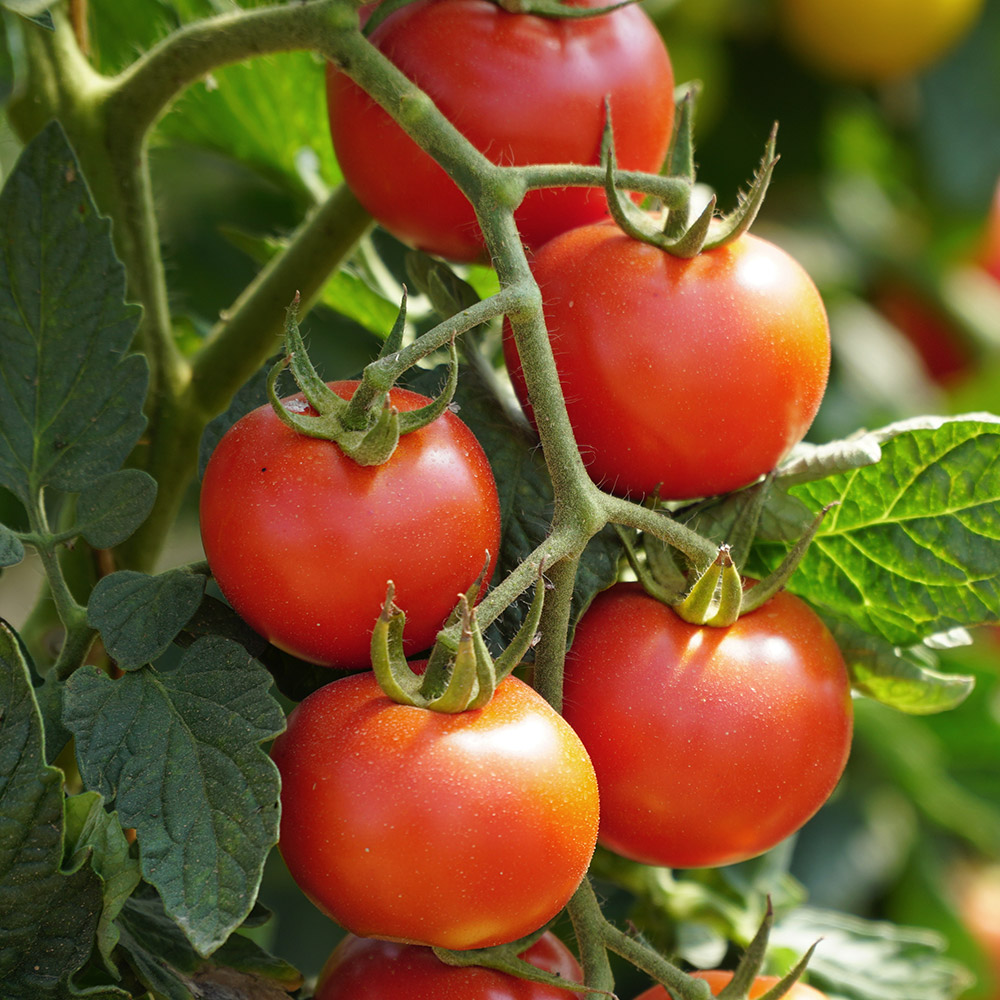
- Chives: Chives are a good companion plant for cape gooseberries because they help to repel pests and diseases. They also release a volatile oil that can help to improve the flavor of cape gooseberries.
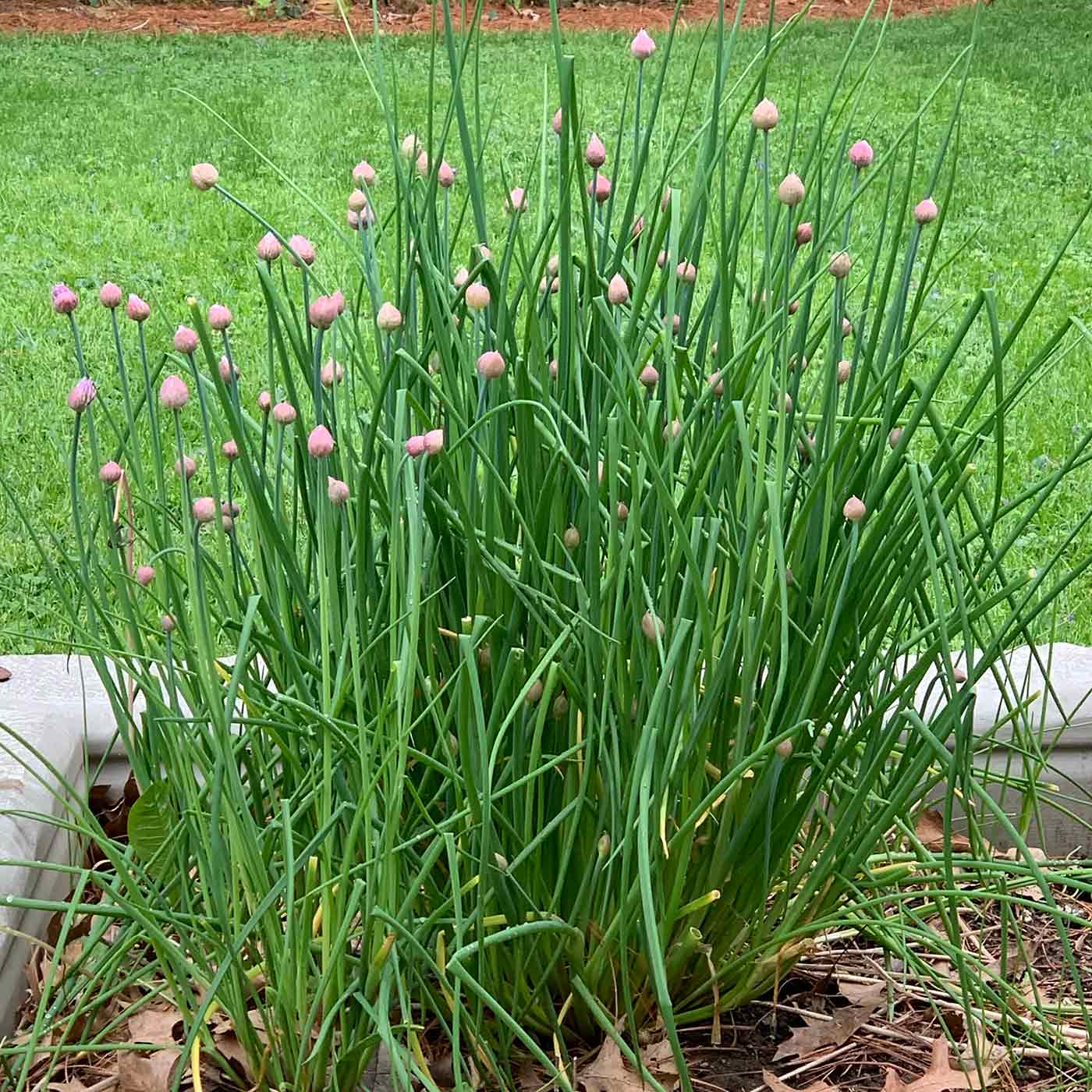
- Marigolds: Marigolds are another good companion plant for cape gooseberries. They help to repel nematodes, which are a type of soil-dwelling pest that can damage cape gooseberry roots. Marigolds also attract beneficial insects, such as parasitic wasps, which can help to control pests.
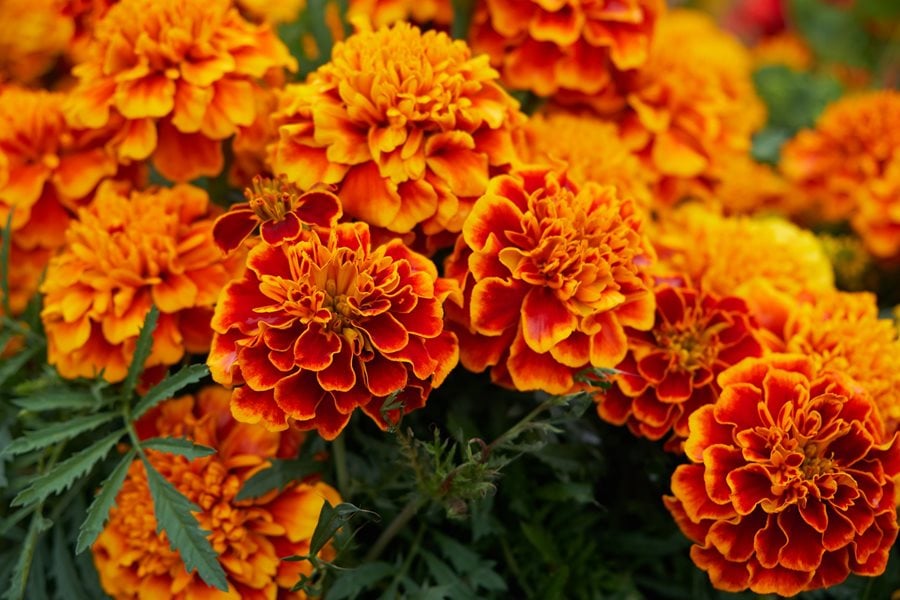
- Lamb's lettuce: Lamb's lettuce is a good companion plant for cape gooseberries because it helps to suppress weeds. It also releases a chemical that can help to deter pests.
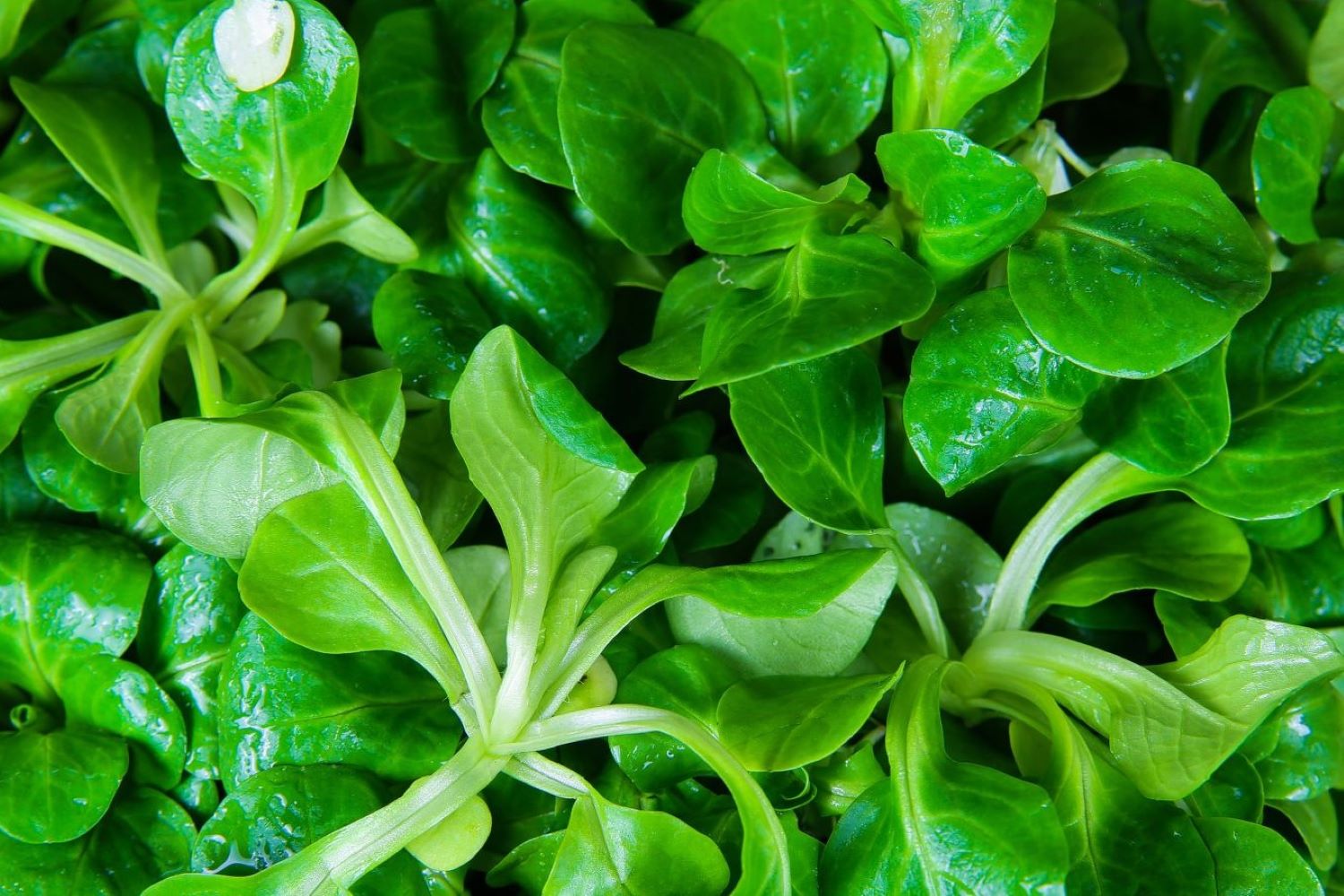
- Spinach: Spinach is a good companion plant for cape gooseberries because it helps to improve the soil drainage. This is important for cape gooseberries, which do not like to sit in wet soil. Spinach also releases a chemical that can help to deter pests.
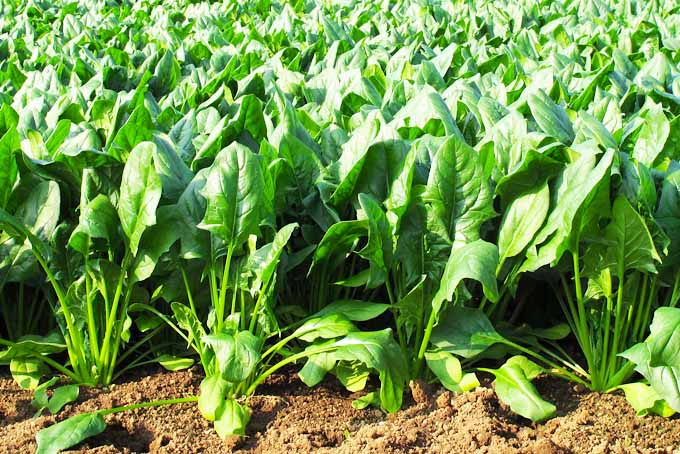
- Lettuce: Lettuce is another good companion plant for cape gooseberries. It helps to suppress weeds and improve the soil drainage. Lettuce also releases a chemical that can help to deter pests.
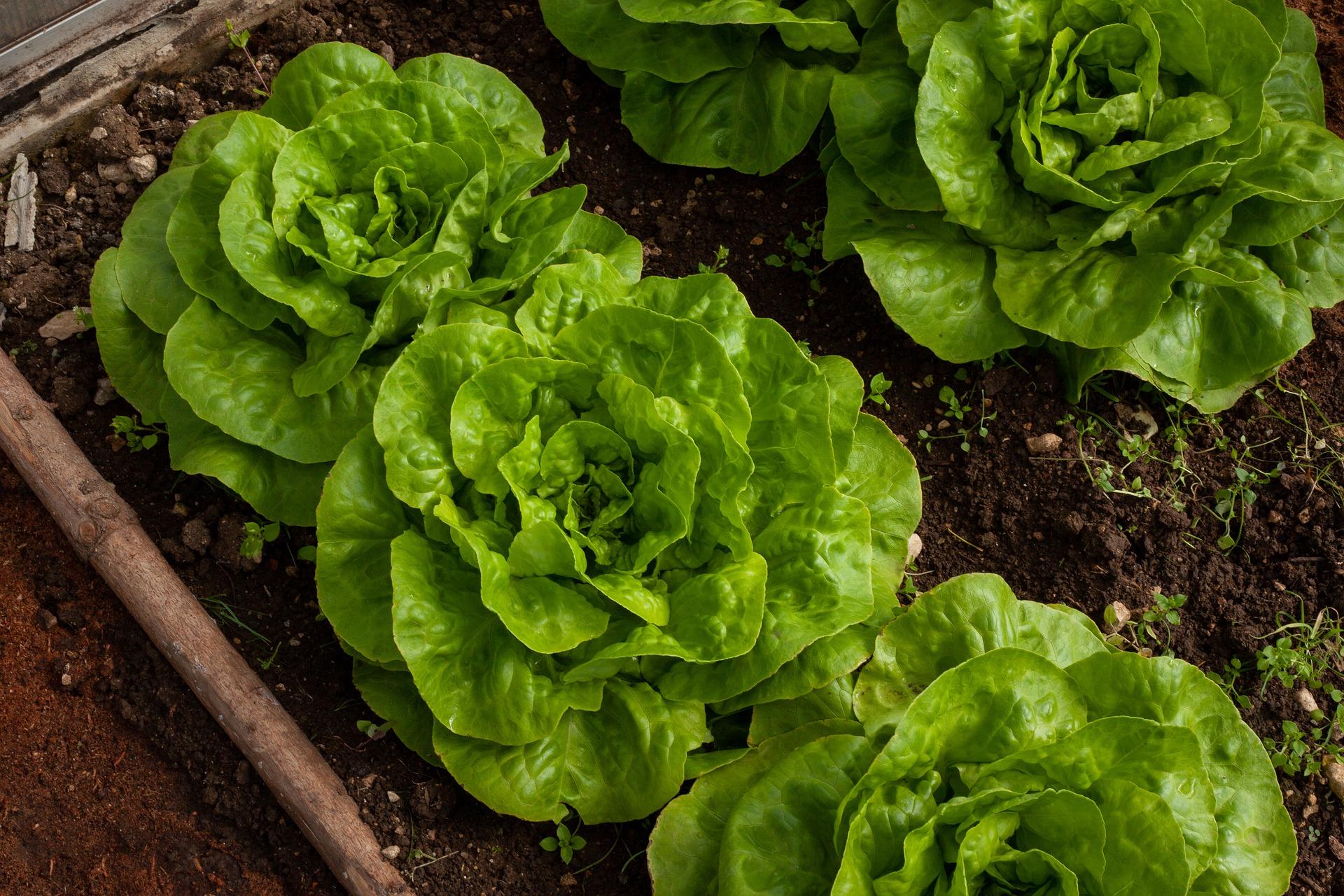
- Onions: Onions are a good companion plant for cape gooseberries because they help to repel pests. They also release a chemical that can help to improve the flavor of cape gooseberries.
- Cabbage: Cabbage is another good companion plant for cape gooseberries. It helps to repel pests and improve the soil drainage. Cabbage also releases a chemical that can help to improve the flavor of cape gooseberries.
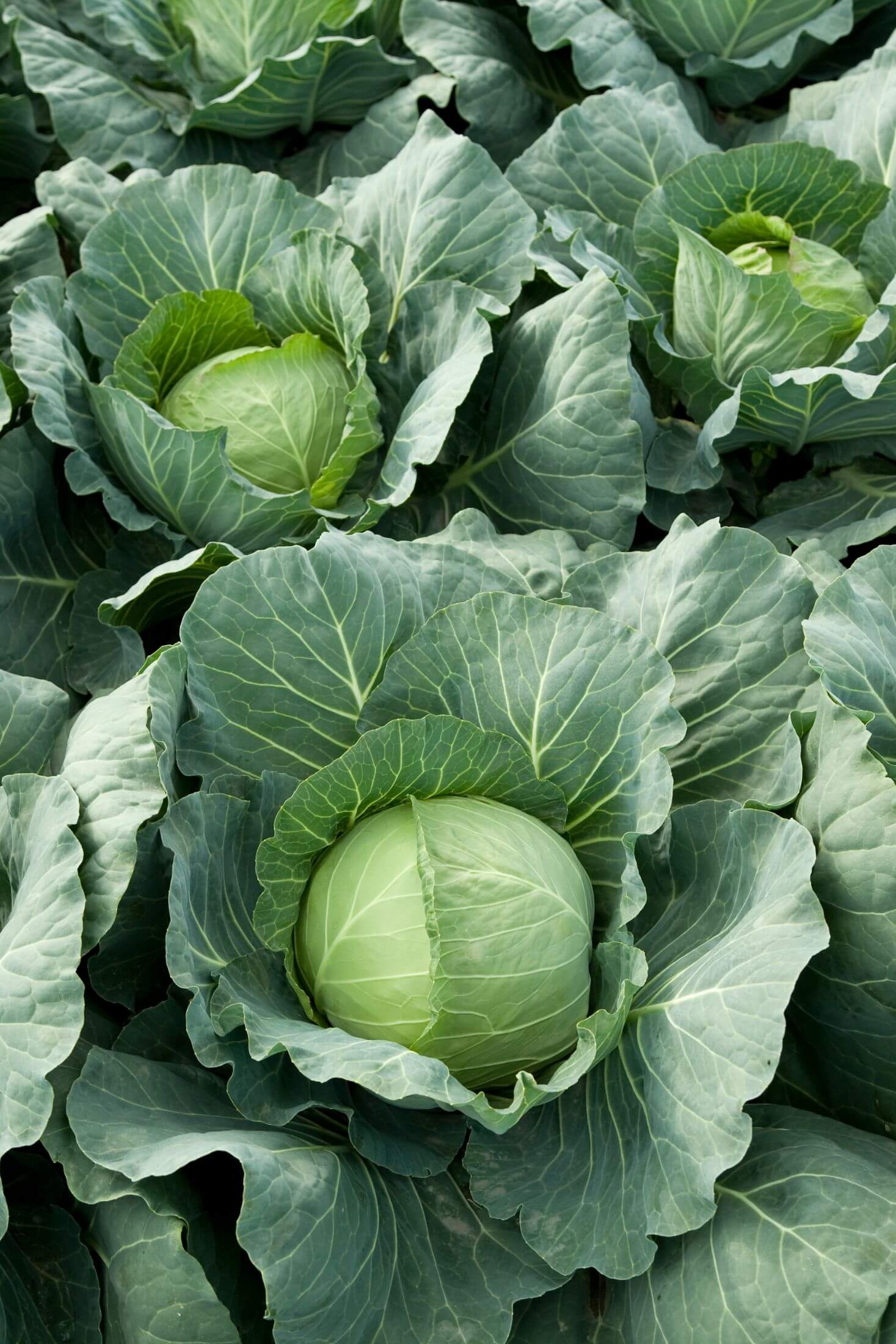
- Strawberries: Strawberries are a good companion plant for cape gooseberries because they both attract beneficial insects. They also help to suppress weeds.
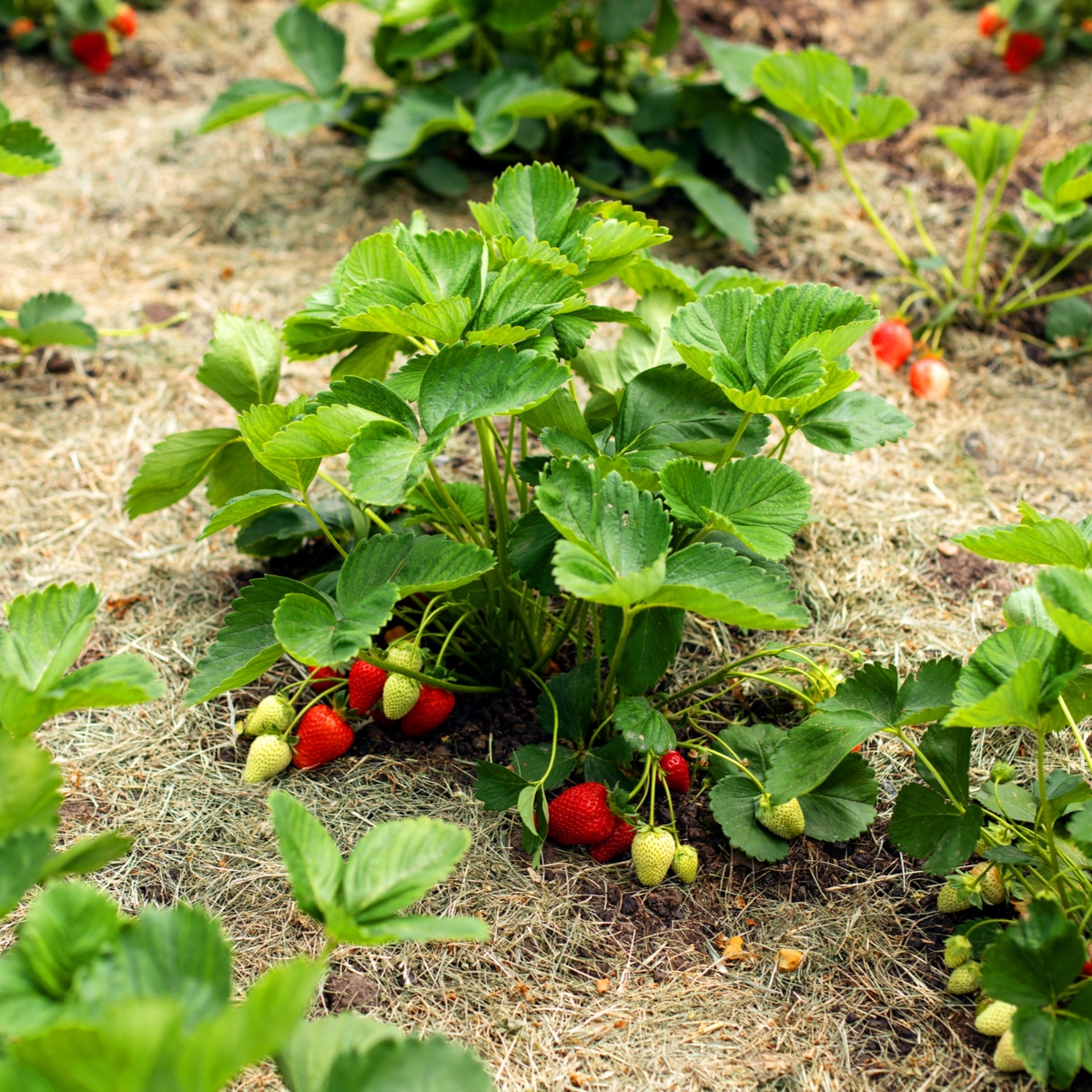
When choosing companion plants for cape gooseberries, it is important to consider the size and growth habit of the plants. Some companion plants, such as beans and tomatoes, can grow quite tall and need to be supported by a trellis or stake. Other companion plants, such as chives and marigolds, are smaller and do not need any support.
It is also important to consider the climate in which you live. Some companion plants, such as beans and tomatoes, are more cold-hardy than others. If you live in a cold climate, you may want to choose companion plants that are also cold-hardy.
With a little planning, you can choose the best companion plants for your cape gooseberries and ensure a successful crop.
Cape gooseberries are a delicious and versatile fruit that can be enjoyed fresh, cooked, or dried. They are also relatively easy to grow, but there are a few things to keep in mind when choosing companion plants.
Some good companion plants for cape gooseberries include:
- Beans: Beans are nitrogen-fixing plants, which means they can help to improve the soil quality for your cape gooseberries. They also help to repel pests, such as the gooseberry sawfly.
- Tomatoes: Tomatoes and cape gooseberries are both members of the nightshade family, so they have similar growing requirements. They also help to deter pests, such as the tomato hornworm.
- Chives: Chives have a strong scent that can help to repel pests, such as the gooseberry sawfly and the tomato hornworm. They also help to improve the flavor of cape gooseberries.
- Tansy: Tansy has a strong scent that can help to repel pests, such as the gooseberry sawfly and the tomato hornworm. It also helps to attract beneficial insects, such as ladybugs and hoverflies.
For more information about companion planting for cape gooseberries, please visit Gardenia Inspiration.
FAQ of cape gooseberry companion plants
Frequently Asked Questions About Cape Gooseberry Companion Plants
Cape gooseberries (Physalis peruviana) are a type of edible nightshade that produces small, yellow-orange fruits that are enclosed in a papery husk. They are native to South America and are now grown in warm climates around the world.
Cape gooseberries are relatively easy to grow and care for, but they can benefit from being planted near certain companion plants. Companion planting is the practice of planting different types of plants together in order to improve their growth and health.
Here are the 5 most frequently asked questions about cape gooseberry companion plants, along with valuable insights and solutions:
1. What are some good companion plants for cape gooseberries?
Some good companion plants for cape gooseberries include:
- Basil: Basil repels pests such as mosquitoes, aphids, and whiteflies. It also helps to improve the flavor of cape gooseberries.
- Cucumbers: Cucumbers and cape gooseberries both attract pollinators, such as bees and butterflies. They also help to suppress weeds.

- Eggplant: Eggplant and cape gooseberries both have similar growing requirements, such as full sun and well-drained soil. They can also help to deter pests.
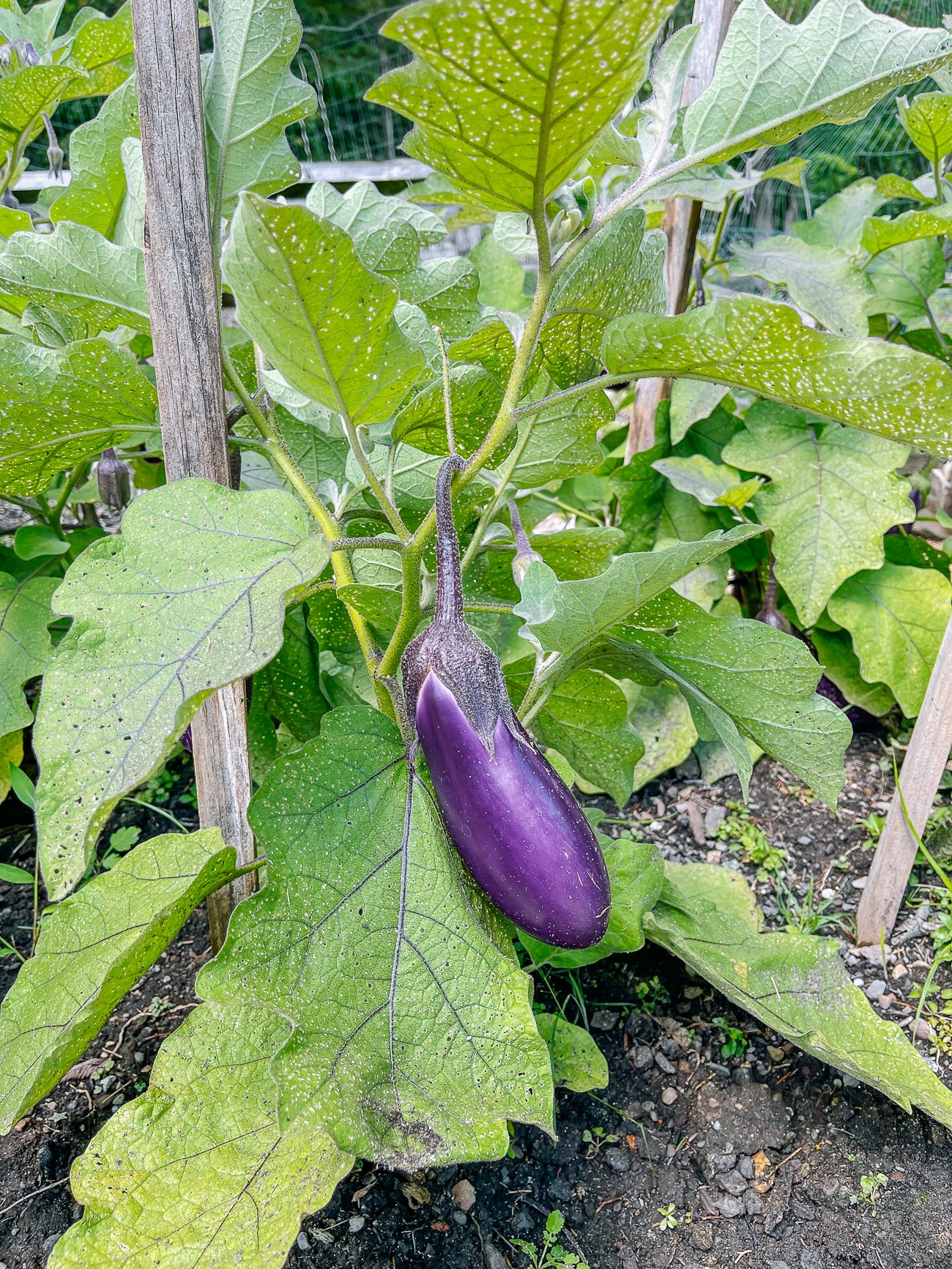
- Marigolds: Marigolds repel nematodes, which are microscopic worms that can damage the roots of cape gooseberries. They also help to attract beneficial insects.

- Tomatoes: Tomatoes and cape gooseberries are both members of the nightshade family and can benefit from being planted together. They attract the same pollinators and can help to suppress pests.

2. What are some plants that should not be planted near cape gooseberries?
Some plants that should not be planted near cape gooseberries include:
- Potatoes: Potatoes and cape gooseberries are both susceptible to the same pests and diseases, so planting them together can increase the risk of infection.

- Peppers: Peppers and cape gooseberries can compete for nutrients and water, so it is best to avoid planting them together.
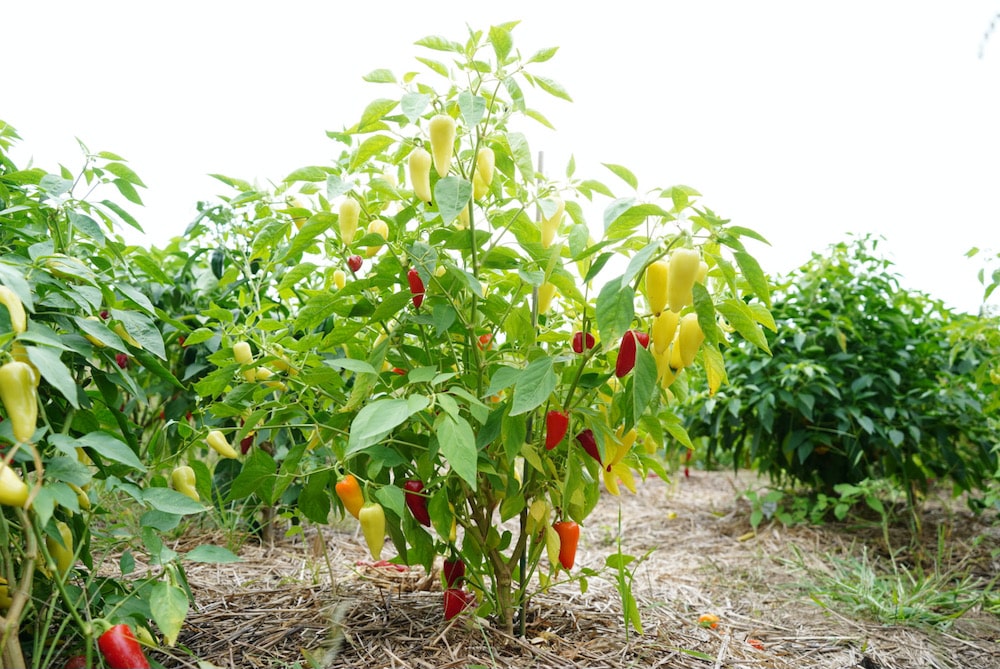
- Spinach: Spinach can attract pests such as aphids and whiteflies, which can also damage cape gooseberries.

- Squash: Squash and cape gooseberries can both attract the same pests, such as cucumber beetles and squash bugs. Planting them together can increase the risk of infestation.
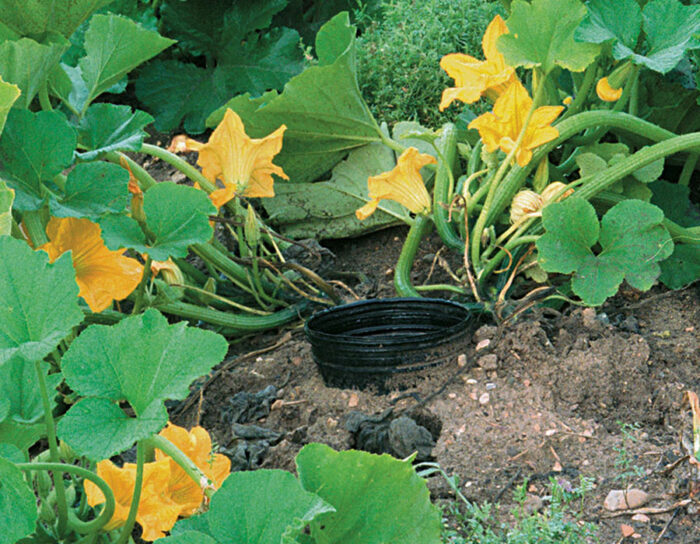
- Watermelon: Watermelon and cape gooseberries have different water needs, so planting them together can lead to one plant being overwatered and the other being underwatered.
3. How far apart should cape gooseberries be planted?
Cape gooseberries should be planted about 2-3 feet apart. This will give them enough space to grow and spread.
4. When should I plant cape gooseberries?
Cape gooseberries can be planted in the spring or fall. If you are planting them in the spring, wait until the soil has warmed up to at least 60 degrees Fahrenheit. If you are planting them in the fall, wait until the weather has cooled down and there is no chance of frost.
5. How do I care for cape gooseberries?
Cape gooseberries need full sun and well-drained soil. They should be watered regularly, especially during hot, dry weather. They may need to be fertilized once or twice a month during the growing season.
Image of cape gooseberry companion plants
5 different images of "cape gooseberry companion plants" from Pinterest:
- Nasturtiums. Nasturtiums are a great companion plant for cape gooseberries because they deter pests such as aphids and whiteflies. They also attract pollinators, which help to improve the pollination of the cape gooseberries.
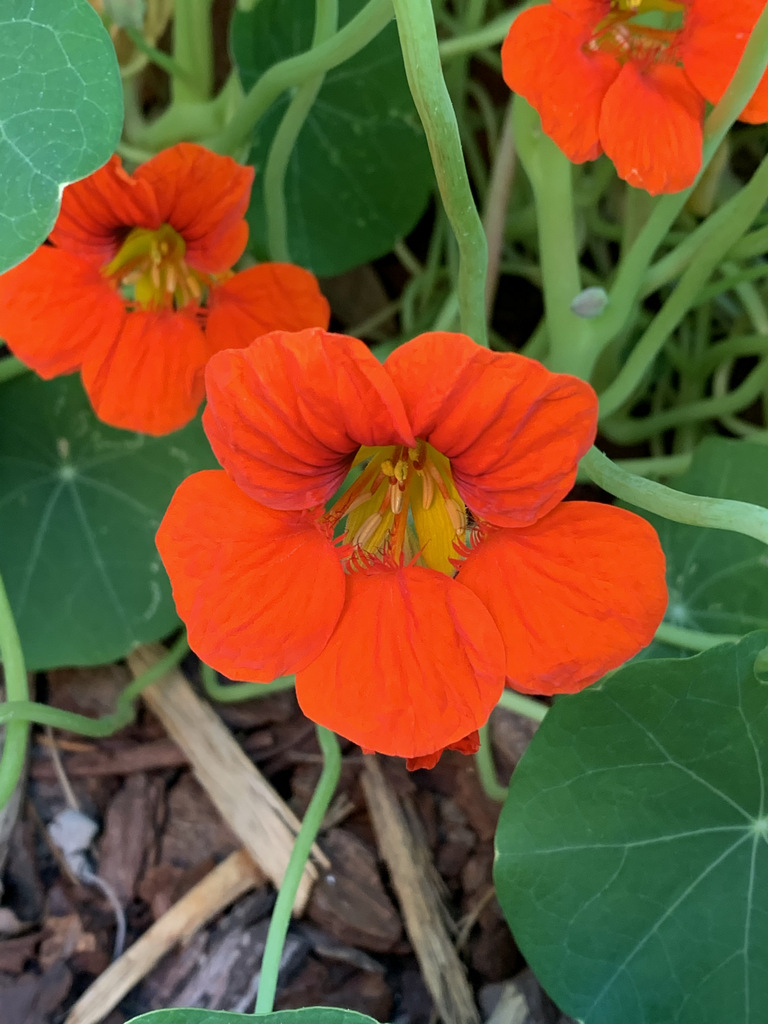
- Marigolds. Marigolds are another good companion plant for cape gooseberries. They also deter pests and attract pollinators. Additionally, marigolds can help to improve the drainage of the soil around the cape gooseberries.

- Cucumbers. Cucumbers and cape gooseberries can be planted together because they have similar growing requirements. Both plants need full sun and well-drained soil. Additionally, cucumbers can help to shade the roots of the cape gooseberries, which can help to prevent them from drying out.
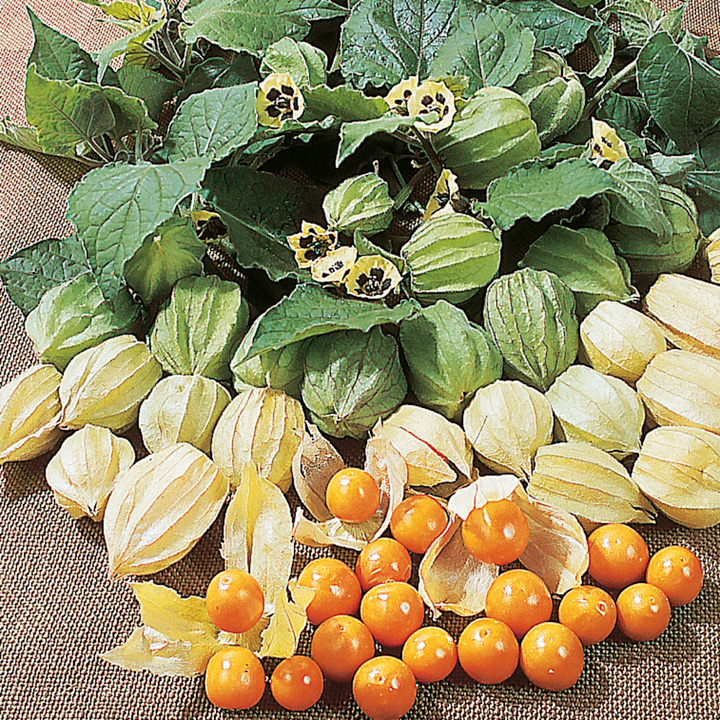
- Beans. Beans and cape gooseberries can also be planted together. Beans fix nitrogen in the soil, which can benefit the cape gooseberries. Additionally, beans can help to prevent weeds from growing around the cape gooseberries.

- Sunflowers. Sunflowers are a tall plant that can provide shade for the cape gooseberries. They can also help to attract pollinators.
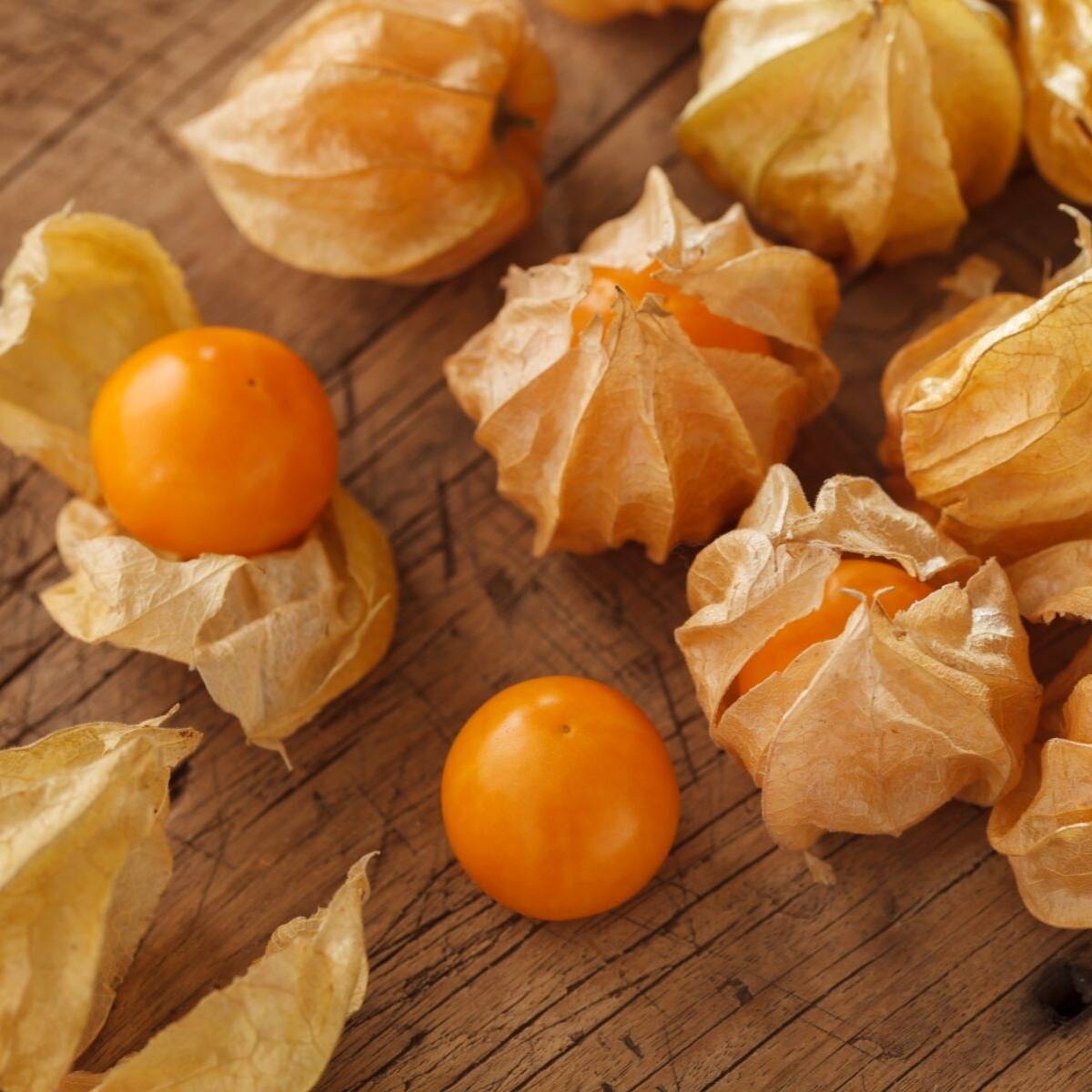
Post a Comment for " Best Companion Plants For Cape Gooseberries"